Broadly speaking, an organisation’s core goals are twofold. One is to ensure a better experience for external stakeholders, customers in particular. The second is to ensure a better experience internally for its staff.
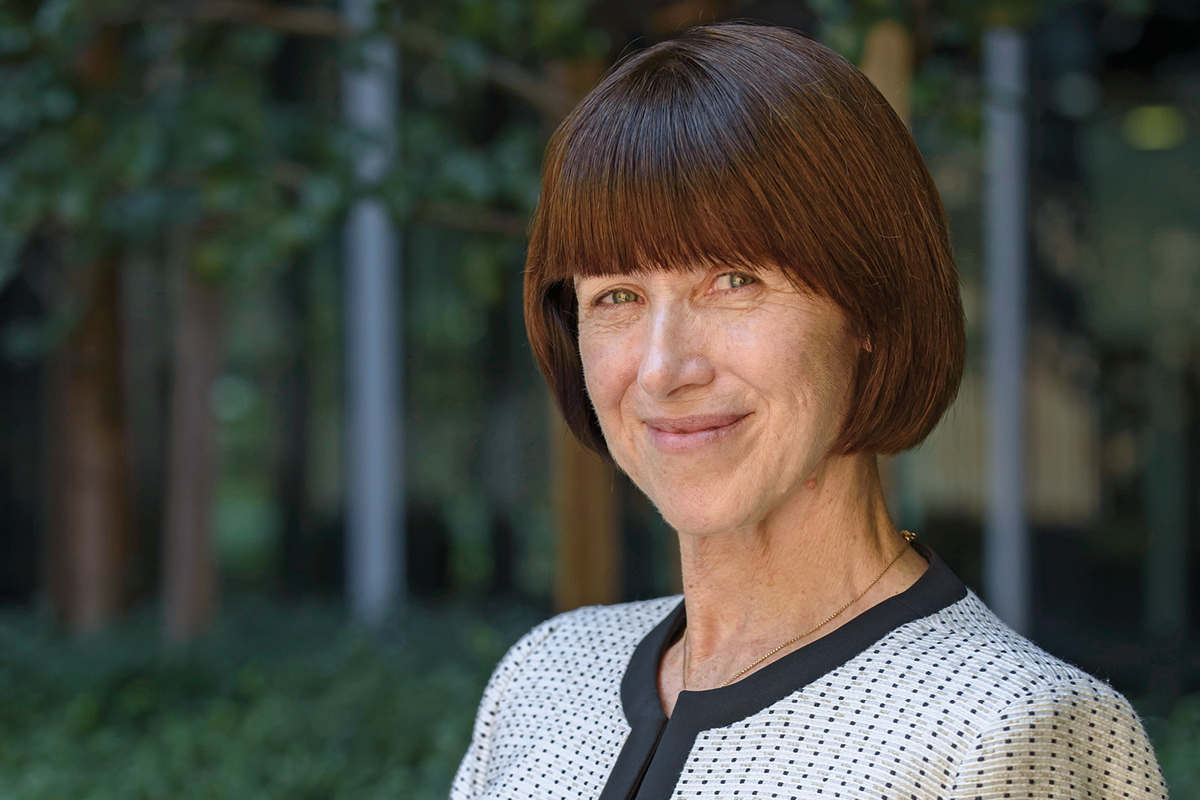
While for many organisations these goals may be nominally separate, they’re inextricably intertwined when it comes to the Federal Department of Human Services. For Department Secretary Renée Leon, the best way to achieve one is by achieving the other.
True to its name, the Department’s team is wholly dedicated to improving the lives of humans, and that’s because providing essential services (such as Medicare, Centrelink and Child Support) is intrinsically inspiring work. Since she joined the Department in late 2017, Renée’s strategy has therefore been to create a better environment for the team, by empowering employees to improve the lives of Australians.
“Our staff has a big job,” says Renée. “We provide services to every Australian at some point in their lives, and we interact with our customers about 800 million times a year. There’s a lot of customer interaction going on and, in all my engagement with our front line, that’s what motivates people.
They’re motivated to help their customers – Australians – get what they need. They love the fact that we’re transforming our services to make things easier for customers.
“For example, it’s motivating to be able to tell a student that their application for assistance will be organised within five days. Now that we’ve transformed that service, that’s how long it takes for most student claims to be turned around, rather than in three months, which would be frustrating for the student and the staff who want to help them.”
While the Department is pursuing a broad-spectrum approach to overhauling its services, Renée believes the core of this approach is revolutionising the Department’s digital capabilities. By modernising services like Centrelink, the Department can simplify, streamline, and shorten procedures for both staff and customers.
The result is a smoother experience, a clear contrast to bureaucratic processes of the past and, indeed, to processes still in use around the world today.
As digital processes become the norm rather than an extravagant (if useful) option, numerous system overhauls are being undertaken within the Department. “This will give us much better data capability to analyse what is going on in our system so that we can continue to improve our services,” says Renée. “At the moment, we, like many other government departments, are not operating on the most modern of IT platforms.
“We’re going to be much more proactive in helping customers.”
“These platforms were built at a time when personalisation of services and data-proven service delivery weren’t even conceived of. We’re going to be much more proactive in helping customers. Naturally, we’ll have more information about customers, the kinds of circumstances they’re in, and what their needs are likely to be.”
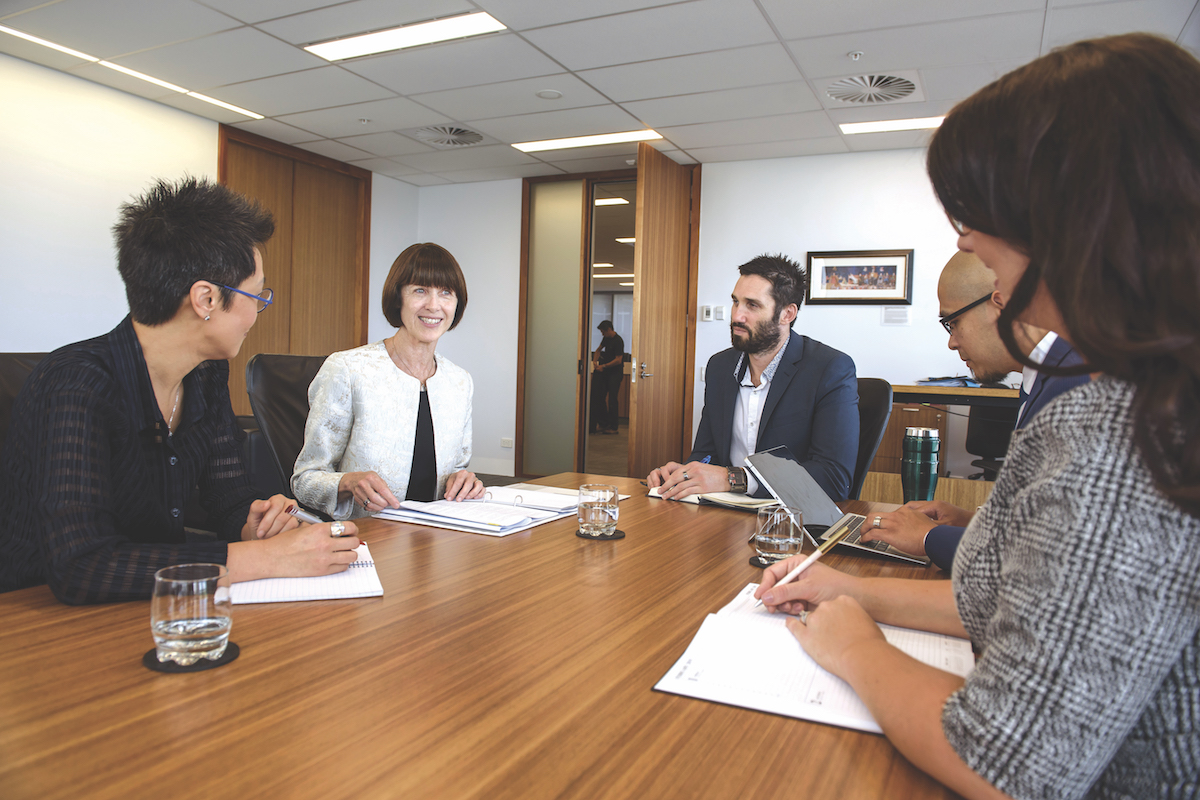
Some of the specific innovations already implemented by the Department include AI and digital assistants. This kind of technology has numerous applications, such as answering online queries, in central programs for students and job-seekers, or as digital assistants on government sites like myGov and the ATO.
Two of these digital assistants, Sam and Oliver, have responded to more than two million enquiries since March 2017, with a third, the myGov digital assistant, added last November. This promises huge cuts in waiting time for calls, given that customers are often ringing up with just a few basic queries, and there are various internal applications aiding tasks such as claim processing.
Other projects include a complete revamp of the Centrelink system, as the Department is currently working with a legacy system. With a few years’ work put into the transformation already, it’s expected to be completed within seven years, from start to finish.
As noted, speeding up student claims – a process that has been shortened enormously – was one of the first focus areas. The trial stage brought on students to test the system, and the level of positive feedback was encouraging enough to adopt the changes.
In fact, testing new and overhauled customer services on people has proven a crucial step for the Department. “We’ve set up a citizen-centred design facility, so we can try out the things we’re building on real customers, before we deploy them,” says Renée.
“Often, you find that the assumptions you make from a position of deep knowledge of a program are completely confusing for a customer. Testing them out on real customers during the development process has been valuable for the development of our products and services.
“We’ve undertaken a lot of customer journey mapping, so that we can identify the pain points and drop-out points, where customers have struggled to manage our systems, and prioritise fixing those. We’re redeveloping our customer satisfaction matrix so that we’re measuring the right things and finding ways to feed that information back into service delivery. We’re constantly improving our services.”
This forms part of a new creation and testing strategy for the Department’s services. It’s comparable to beta testing, which is commonly used in software and game development but less frequently in organisations with more of a physical presence. However, as the Department continues to invest in AI and other digitally enhanced services, the need for, and applicability of, this sort of testing has become apparent.
“We’re doing it in a more modern way,” Renée explains. “We’re building in small pieces and releasing them iteratively, and refining and testing as we go along. This is instead of going into a backroom, building something for three years and then releasing it with a big bang.
That kind of approach often gives you more exposure to the risk that, when you release it, it won’t work for customers. The more agile, multidisciplinary method of working is producing a much better product.”
Meanwhile, improved data-gathering will go towards improving the wider welfare system. As part of a trial with Woolworths, the Department received payroll data directly, to calculate the welfare payments for employees who were customers of Centrelink. By reporting the earnings of its employees (whose participation was voluntary), casual workers were assured correct payment.
The new system is expected to provide an easier, more accurate method of reporting income, with the assistance of the ATO, which will help more people avoid a debt.
“With Medicare, we’re already at 98% digital transactions,” says Renée. “We’re trailblazers in digitisation of government service delivery. In the welfare space, we are making that easy, simple access a core plank of what we’re doing. If you’re going to do that, you have to make sure the digital service is intuitive and easy to use, which is why we’re constantly bringing customers in to help us build it.”
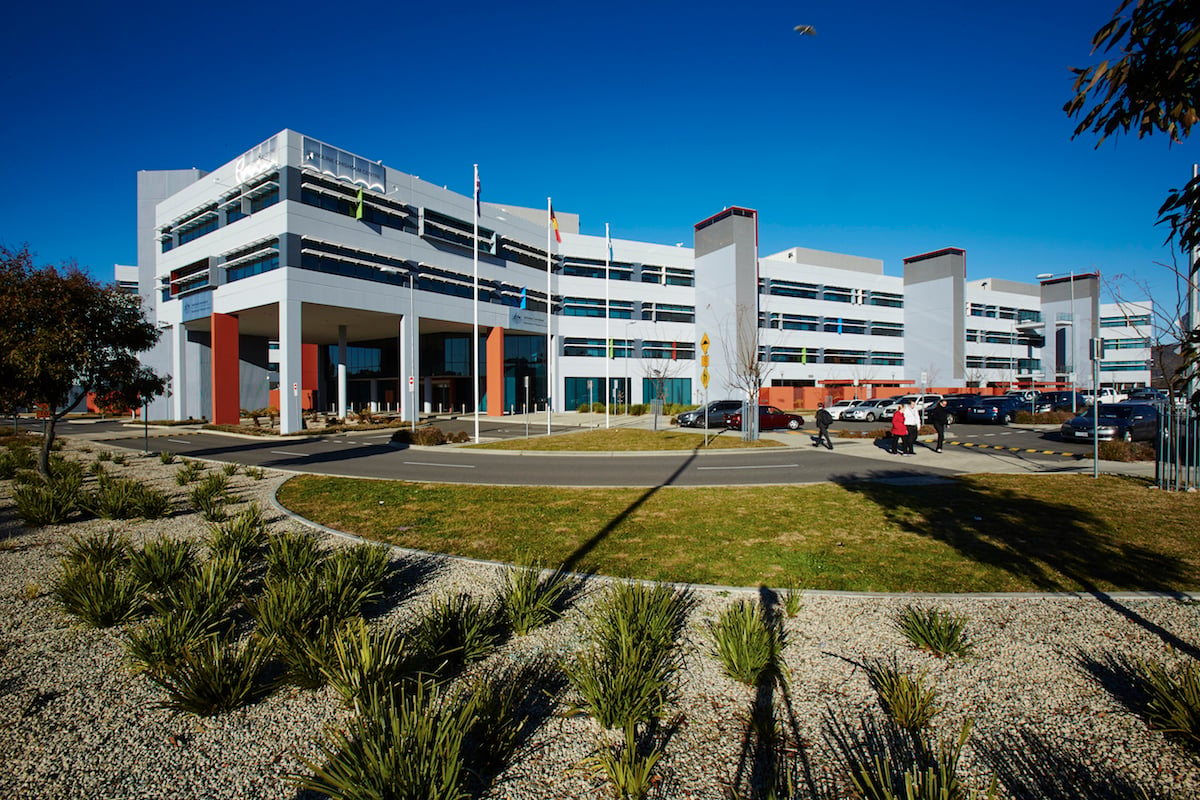
Human Services’ thousands of staff across hundreds of locations are supported by an internal IT department consisting of 3,000 staff. The extensive support of this team means the Department’s planned overhauls can be implemented far more efficiently, freeing up more time for customer-facing staff.
Waiting times for services and payments can be reduced significantly, meaning customers don’t need to take as much time to resolve these issues.
The Department touches the lives of almost every Australian. As a government body, Human Services manages an enormous scale and complexity of operations. Responsibilities like delivering payments, avoiding overpayment, and resolving issues quickly and efficiently are necessary to ensure the Department complies with the high expectations that come from providing such integral services.
This is why Renée is committed to adjusting the Department’s priorities to reflect its customer-facing responsibilities. The rebuilding of technology and business processes is intended to make them more user-friendly, convenient and accessible.
“When we provide a better service to our customers, which is what this transformation journey is enabling us to do, it does improve the experience for staff as well,” says Renée.
“Because they’re then spending their time helping people, rather than dealing with people’s frustrations around an old and rather clunky service delivery mechanism. It frees up staff time to help people who are dealing with complex circumstances, rather than help with routine things that people could do themselves, if our systems were modern enough to let them.”
Ultimately, this effort gets those at the coalface closer to the duties they’re passionate about. “What motivates our staff the most is their desire to help people. We want our systems and processes to line up with that. Our staff help people manage their lives in a convenient way. When whatever customers are trying to do is too complex, or if they’re more vulnerable and in need of human assistance, then we’ve got staff who are able to help.”
The ambitious transformations that Renée is now overseeing is not completely new for her; before serving in her current role, she led the creation of the Department of Employment from 2013. Her duty there involved setting up that department from scratch, since it had just been split off from another one and the experience would prove valuable for her new duties.
“I built it up into a high-performing and highly engaged department,” she recalls. “The process of doing that from scratch gave me a fair degree of confidence. It helped me understand what building blocks need to be in place to have an organisation humming along, aligned to its key outcomes, well-governed, well-led, with good staff engagement – things that are so important at that senior leadership level.
It was certainly a good grounding for coming here but, of course, it’s a different experience in other ways, since Human Services is so much larger.”
With the Department of Employment, Renée was overseeing around 2,000 people, who were mostly based in Canberra and in small groups within state capitals. It’s a far cry from the 33,000 employees in Human Services, spread out across the country including in rural areas and small towns.
It thus necessitated a change of approach when Renée joined – creating the department anew rather than rebuilding it, offering more flexibility and freedom. So, her efforts to modernise Centrelink have proved a little more complex.
But perhaps the most significant strategic shift is that the emphasis on stakeholders is greater than ever. “There’s much more citizen-facing engagement,” explains Renée. “It’s about driving the improvements to meet the needs of the customer, and working much more closely with the policy agencies.
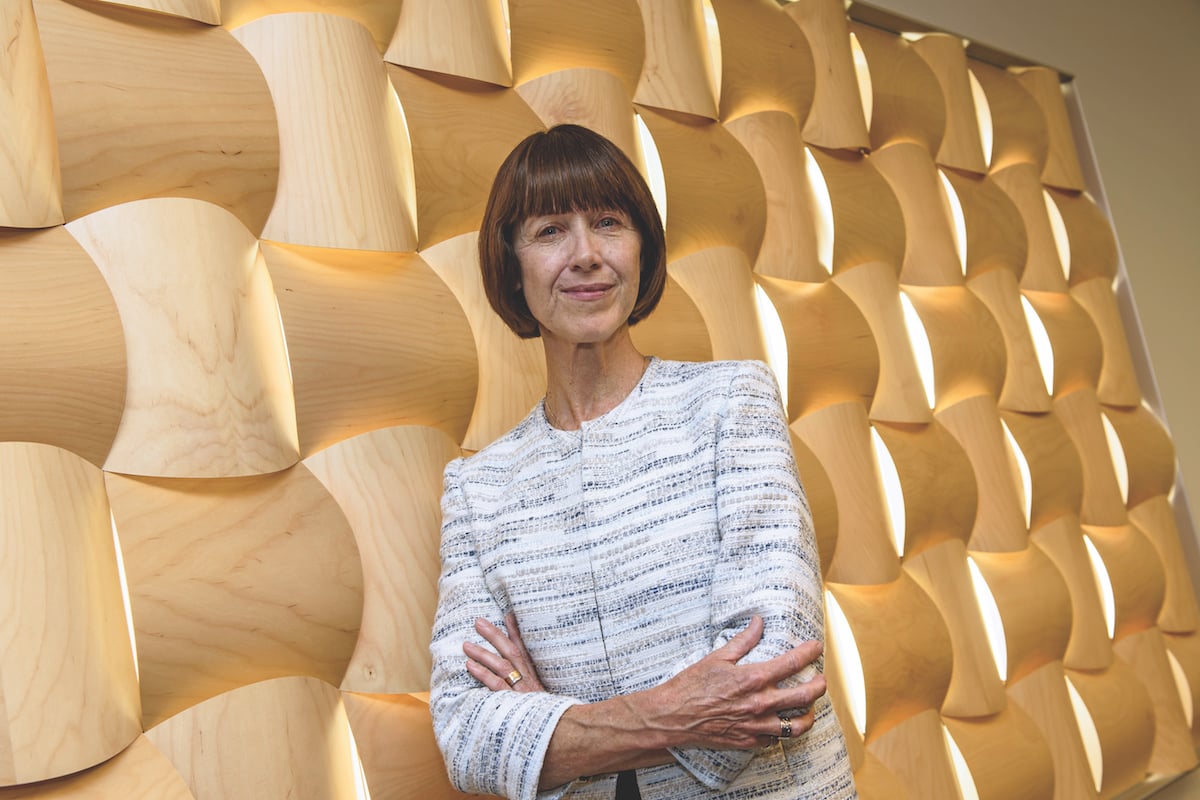
“Fundamentally, the work I did in setting up the Department of Employment was driven by notions of good collaboration across stakeholders. The task of transforming the Centrelink platform is a complex IT build, and we’re trying to do it in a way that’s citizen-facing and in close collaboration with our policy partners.”
This shift is being facilitated by the engagement of Department staff at all levels, with the implementation of what is known as internal innovation challenges. Staff were asked to come up with ideas for operational improvement, with a few projects standing out as particularly promising.
One of them involved refining services in the event of a customer’s death. Currently, the process is inefficiently coordinated, and relatives of the deceased have to deal with multiple contacts across the Department, sometimes re-notifying the Department of a death.
For grieving individuals, this is clearly an undesirable situation, so a one-touch approach is being implemented, which means giving notice of a bereavement will require only one point of contact.
Some of these innovations are more inwardly focused. One change is giving staff access to the IT internal enterprise system, including rosters and payrolls, outside of work. The rationale behind the decision was that staff should be afforded the same convenience and flexibility offered to customers.
As mentioned, the refinement of the customer and staff experiences are inextricably intertwined, so providing staff with the ability to shape their own environment is a blessing for the entire Department. “We’re giving people more opportunities to contribute to innovation,” says Renée.
“Recognising that often the best ideas about how to improve customer service are going to come from the front line, the staff members who deal with customers all the time. We’re seeing a real lift in staff enthusiasm for their work through investing in these important cultural pieces.”
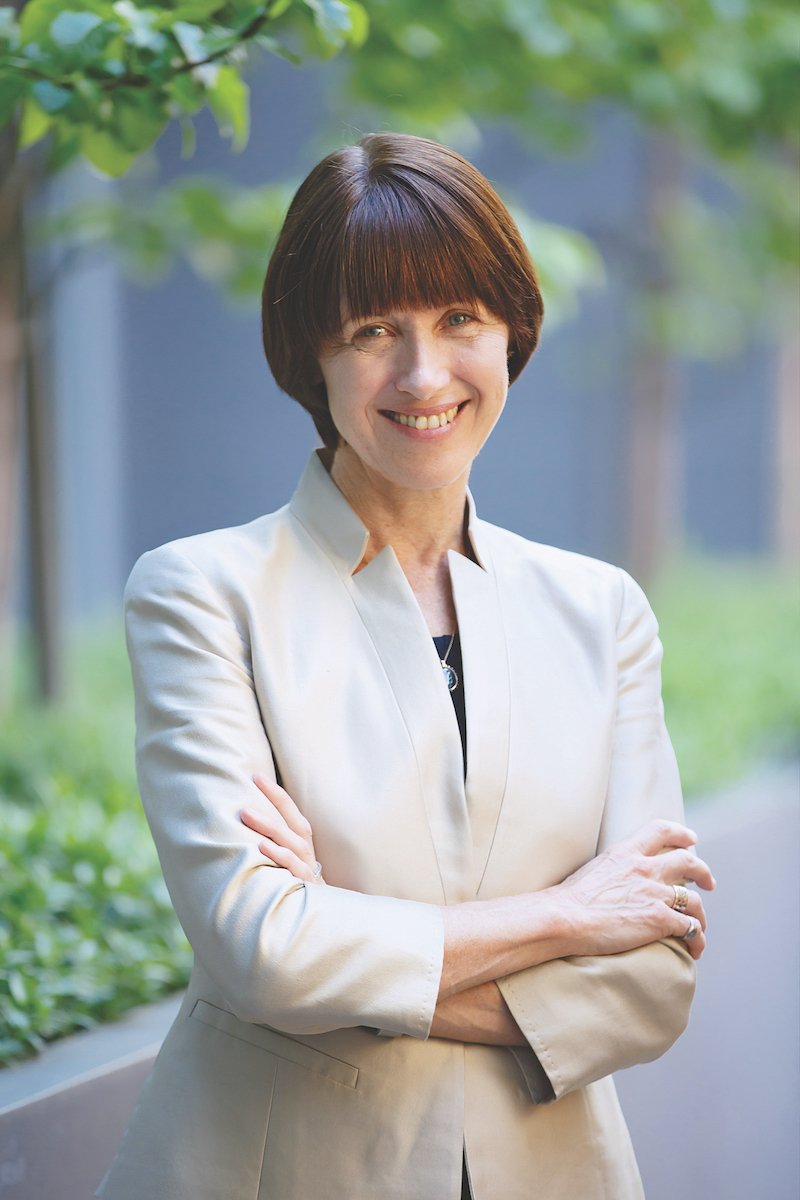
Staff engagement is a priority for Renée, and she doesn’t intend just to rely on the motivational nature of Human Services work for this.
She is striving towards gender equality within the Department, a necessity for any modern workforce.
Around half of the senior management team are female and, at first glance, this seems like a win for gender equality.
But as Renée notes, work remains to be done in the area, given that the overall proportion of female staff is at 70%. This, she says, is due to entrenched stereotypes that view women as being better suited to “caring” roles.
By contrast, Renée points to the Department of Defence, which employs a male-dominated team.
The high level of female employment is, therefore, evidence of a persistent gender segregation in the workforce.
“What’s significant about having a high number of female employees is twofold,” she says. “One is making sure that we’ve got arrangements in place so women can manage their work and family responsibilities effectively.
That’s heightened when you’ve got a majority female workforce, and when it’s still the case – though I hope it will not always be so – that women are shouldering the major burden of family responsibilities.”
Part of the efforts to address gender imbalance involve expressly encouraging male employees to take parental leave, a decision traditionally expected of female employees. This initiative also provides support for workplace reintegration afterwards, giving parents the chance to adjust to their newfound responsibilities.
“It’s about making it just as routine and acceptable for male employees to access leave and flexible working arrangements for family responsibilities,” says Renée. “We in the public service all want to see much greater gender equality around who carries the domestic responsibilities and for men to be just as keen to do that, while feeling they’ve got the opportunity to do so.”
The Department also employs a Gender Equality Champion, whose role entails the promotion of equality organisation-wide, casting a critical eye over policy and practice. The Champion actively pursues progress towards gender balance but, at the same time, Renée and other staff members avoid reliance on this by being conscious of their actions.
This is especially true when investing in talent at higher levels, which ties into the second element of nurturing a female-dominated workplace – equality in leadership.
“We always cast a gender lens over that to make sure that we’re not inadvertently letting unconscious bias affect our decision-making,” Renée explains. “When you sit down and go through who our next leaders-in-waiting are, and therefore who we should invest in, you don’t want to get to the end of that process and find that you’ve inadvertently picked all of one gender rather than the other.
This is essential when investing in training and development at the executive level, and in our talent development programs.
“It’s motivated not only by those substantial issues of equality and injustice around our employees, but also because we want to have an engaged and productive workforce. You can’t do that if you’re only utilising the talents of half your workforce.
There’s a real imperative from a business and productivity perspective too. We want to make sure we’re not putting hurdles to stop any of our employees from fully developing and deploying their talents to the benefit of the Department.”
Despite the size of the Department, and the considerable effort required to transform it into a modern, digital service, Renée continues to invest her energy into that goal. Though the mission still has some way to go, the progress she’s made within her short time at the Department is impressive.

At the same time, Renée is trying to engineer a positive and engaged workplace, a necessity for any successful organisation. “I aim to be the inspiration for the Department about where we’re going and why,” she says.
“Especially for a large organisation like this, I always try to set that vision about how important that is, and the value that they’re giving to the Australian community. That’s what motivates me personally, and it’s motivating for our staff as well – that constant reminder about why we do what we do, and how important it is to Australia.”



